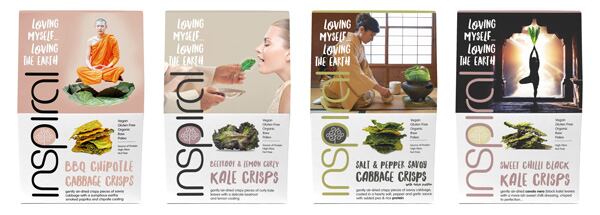Dr Stephen Elmore, a senior research fellow at University of Reading, said that steps have successfully been taken to reduce the amount of acrylamide in food.
“The presence of acrylamide in some oven-cooked, grilled and fried starchy foods was discovered in 2002. Since then the food industry, regulatory bodies and research groups have successfully worked together to devise strategies to reduce acrylamide levels in these foods,” he said.
Most manufactures use the process of reducing sugars in potato snacks to reduce levels of acrylamide levels, which can be done through a variety of ways including using sprout suppressants, such as chlorpropham, to prevent sweetening during storage.
This is because acrylamide is formed during the Maillard reaction, a chemical reaction between reducing sugars and amino acids which gives cooked food its brown colour, which needs sugars and asparagine present.
“Manufacturers are moving towards varieties which are lower in acrylamide precursors, although only if they give a product as good or better in quality. Reductions in cooking conditions can be clearly seen in the popular varieties of crisps, which are obviously paler in colour than their equivalents 15 years ago,” Dr Elmore said.
As stated in industry trade group FoodDrinkEurope’s ‘Acrylamide Toolbox’, reducing sugars in raw foods is the primary measure for manufacturers as other processes can have adverse effects.
For example, frying potatoes at a lower temperate for a longer period of time can decrease acrylamide levels, but increases the overall fat uptake.
Similarly, replacing ammonium bicarbonate with sodium bicarbonate in products can increase sodium levels.
InSpiral snacks: "Acrylamide-free...and that's a good thing!"

British healthy food company, InSpiral, has produced a new range of flavours of ‘acrylamide-free’ crisps. The flavours include bbq and chipotle savoy cabbage, sweet chili black kale, beetroot and lemon kale, and salt and pepper cabbage.
The brand claims they are organic, vegan, raw, gluten-free, paleo, high in fibre, a source of protein and nut-freeas well as this latest claim - acrylamide free.
This is achieved by not cooking or baking the crisps, it says. Instead they are air dried and essentially kept raw, in order to keep their nutrients.
Go for Gold
As acrylamide is produced during the cooking process, overcooking these foods is when it becomes most dangerous.
This week the UK's Food Standards Agency (FSA) launched its “Go for Gold” campaign aimed at consumers, addressing the dangers of overcooking starch based foods, including bread, root vegetables and potatoes.
As acrylamide is produced during the cooking process, overcooking these foods is when it becomes most dangerous.
Elmore said: “Acrylamide has been widely discussed in the media but most of the emphasis has been on commercial food products. The extent of acrylamide formation in home cooked foods is difficult to evaluate but it is advisable not to overcook roasted, baked and fried starchy foods.
“The FSA recognise there is a lack of awareness in the public about acrylamide and in the recent publication on their website are expanding the advice, given previously, about acrylamide formation in home-cooking."
Root vegetables, chips and bread should not be overcooked, according to FSA officials, as repeated consumption of acrylamide could increase risk of cancer.
Consumers can reduce the level of acrylamide in their potato products by storing raw potatoes at temperatures above 6°C, as storing them in the fridge can increases the amount of sugars present.
The ‘free-from’ trend has been growing in popularity since 2015, with market research firm Mintel saying it is industry standard now, a result of consumers becoming more and more aware of their health and the effects of an unhealthy diet.
